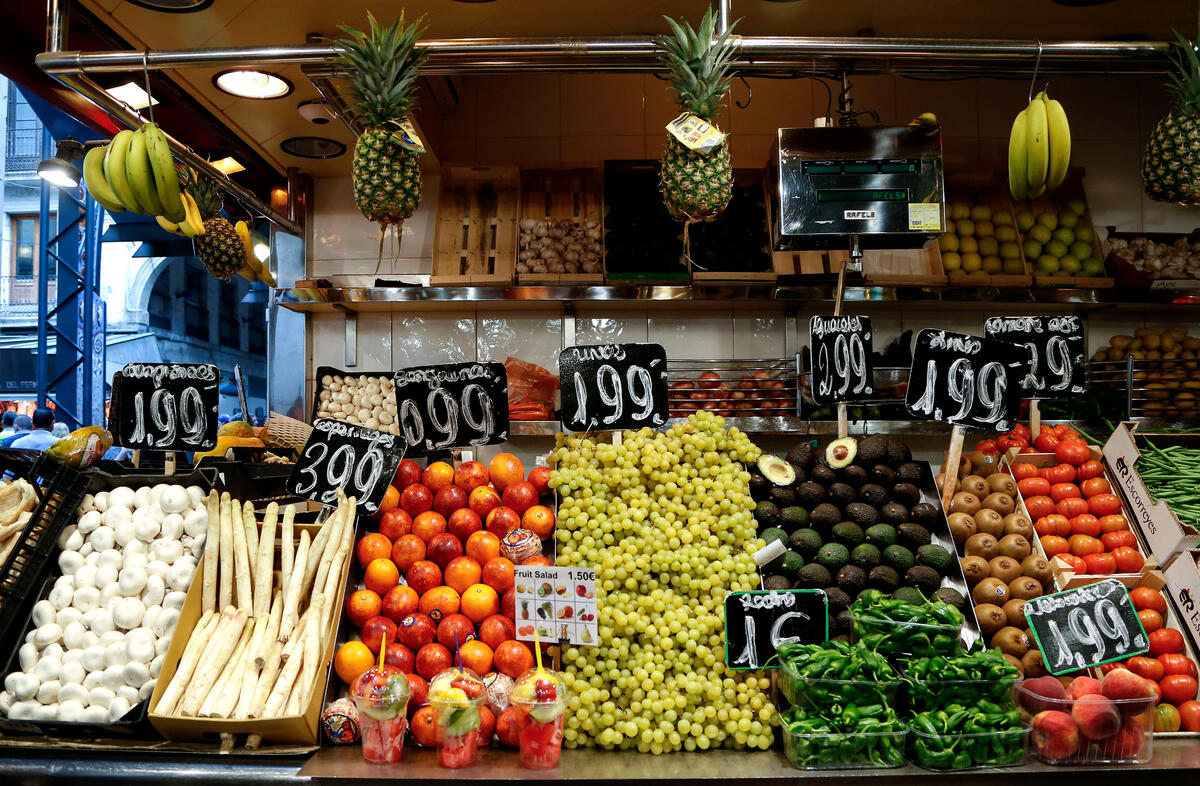
(Photo : ©FAO/Alessia Pierdomenico)
Insufficient intake of whole grains, fruits, and vegetables, along with other dietary risks, are fueling health-related hidden costs in agrifood systems.
- The FAO report emphasizes the need for individual actions and targeted investments to transform these systems.
- The report also highlights the environmental and social costs of unsustainable agricultural practices.
- The findings align with the principles of change management and the objectives of the National Financial Literacy Strategy.
The global agrifood systems are incurring hidden costs of approximately $12 trillion annually, with a staggering 70% of these costs, amounting to $8.1 trillion, linked to unhealthy dietary patterns and non-communicable diseases (NCDs) such as heart disease, stroke, and diabetes. This alarming revelation was made in a recent report by the Food and Agriculture Organization (FAO), which involved 156 countries.
The report highlighted that the health-related hidden costs far exceed those related to environmental degradation and social inequalities. It identified insufficient intake of whole grains, fruits, and vegetables as one of the major dietary risk factors, along with excessive sodium intake and high consumption of red and processed meats.
FAO Director-General QU Dongyu emphasized the importance of individual actions, initiatives, and targeted investments in transforming global agrifood systems. He stated, "The choices we make now, the priorities we set, and the solutions we implement will determine our shared future. Real change begins with individual actions and initiatives, supported by enabling policies and targeted investments."
Environmental Impact and Social Costs
The report also underscored the environmental impact of unsustainable agricultural practices that contribute to the hidden cost burden. These include greenhouse gas emissions, nitrogen runoff, land-use changes, and water pollution. Social costs, representing 8 and 18 per cent of GDP, include poverty and undernourishment, which are most prevalent in traditional agrifood systems. This highlights the urgent need for improved livelihoods and integrated humanitarian, development, and peacebuilding efforts.
The report calls for a value-driven transformation of agrifood systems to make them more sustainable, resilient, inclusive, and efficient, by going beyond traditional economic measures like GDP. This transformation is fundamental to achieving the Sustainable Development Goals (SDGs) and securing a prosperous future for all.
In the past, similar calls for transformation have been made. For instance, the Brundtland Report, also known as Our Common Future, defined sustainable development as development that meets the needs of the present without compromising the ability of future generations to meet their own needs. This definition has been the cornerstone of many initiatives aimed at promoting sustainable practices in various sectors, including agriculture.
Aligning with National Financial Literacy Strategy and Change Management
The FAO report's findings resonate with the objectives of the National Financial Literacy Strategy 2021-2026, which aims to create a more accessible, inclusive, and effective financial ecosystem. This strategy emphasizes the importance of reducing barriers and catalyzing action to enable consumers to build skills, capacity, and behaviors leading to greater financial resilience.
The report's emphasis on individual actions and initiatives aligns with the principles of change management, a systematic approach to dealing with the transition or transformation of an organization's goals, processes, and technologies. The purpose of change management is to implement strategies for effecting and controlling change and helping people adapt to change.









